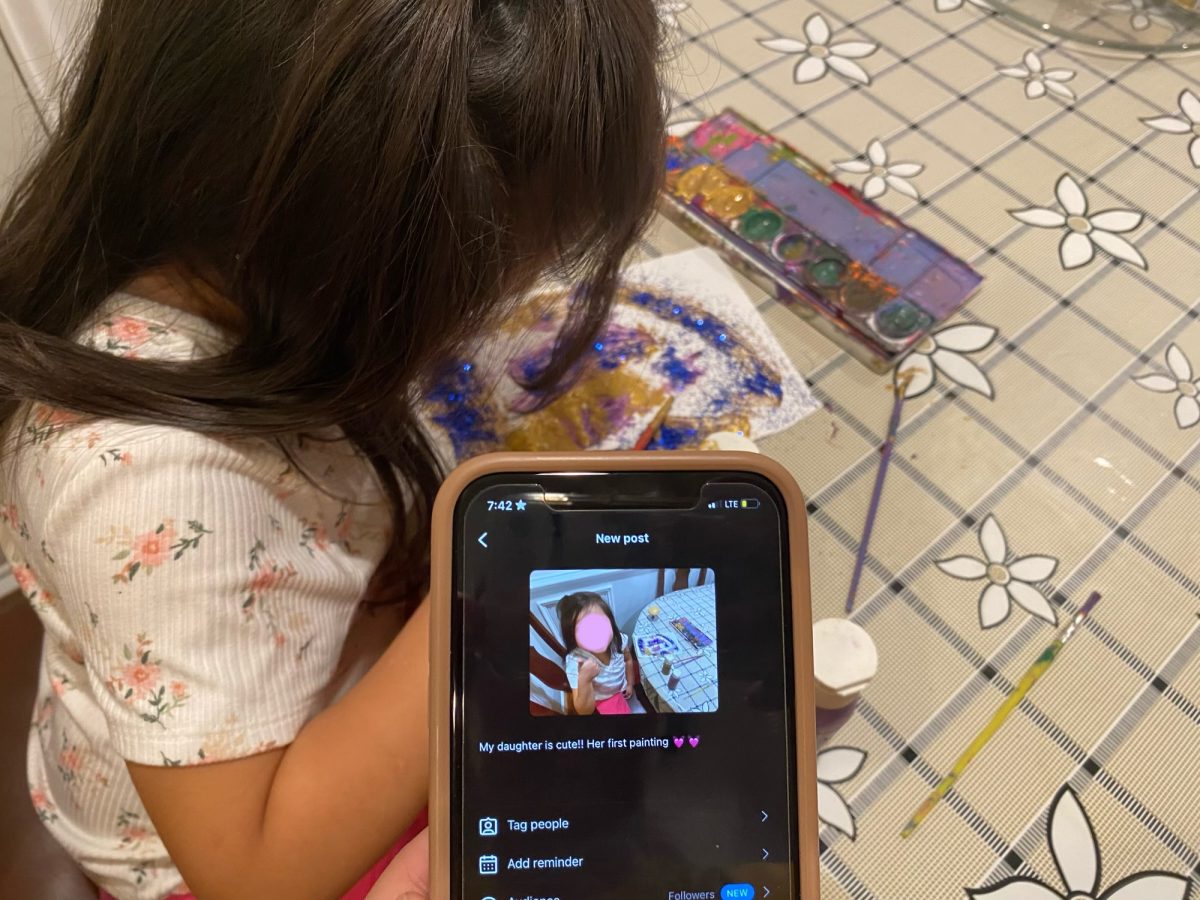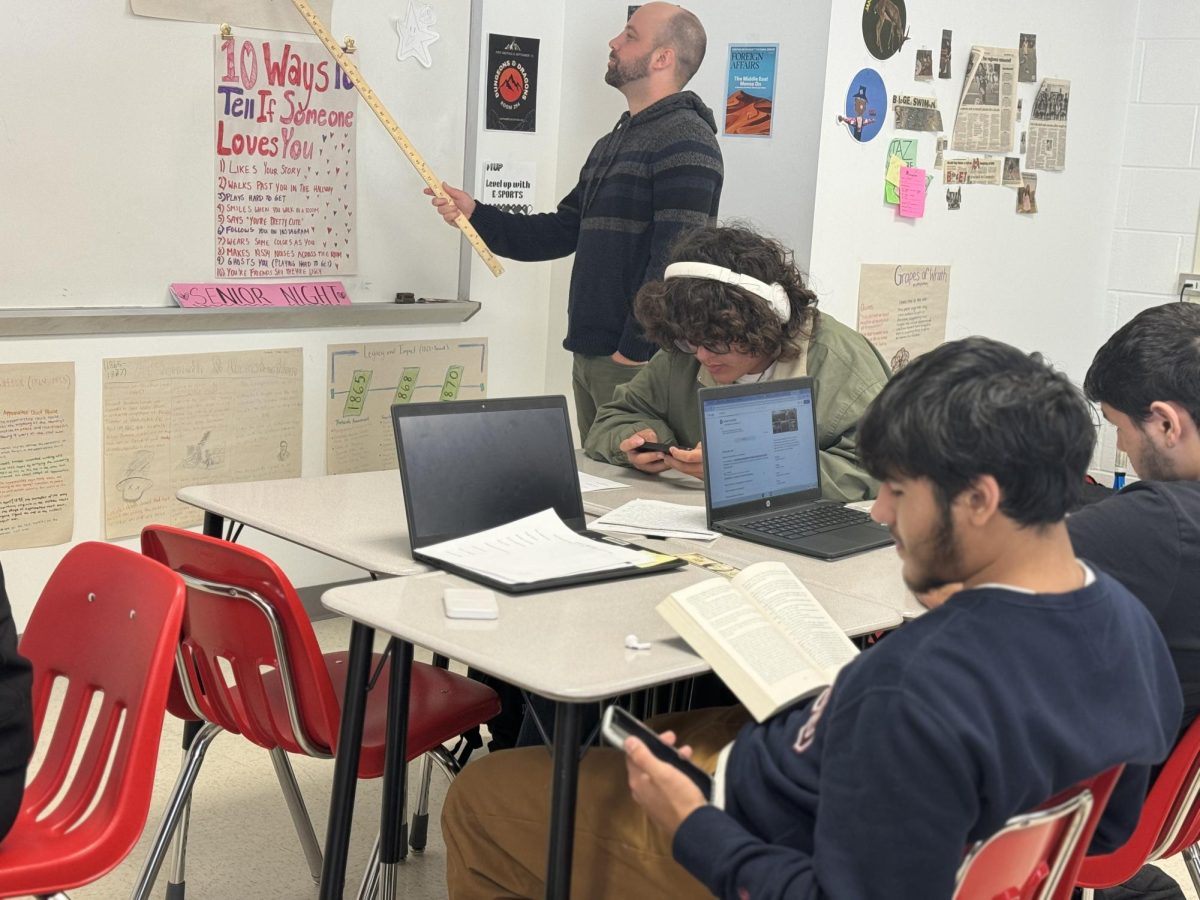 In the time it takes to shake someone’s hand for the first time, he or she may already have a set impression of you. It takes an average of two to five seconds for someone to make his or her initial judgement of someone the first time they meet them. It can take a lifetime to undo that first impression.
In the time it takes to shake someone’s hand for the first time, he or she may already have a set impression of you. It takes an average of two to five seconds for someone to make his or her initial judgement of someone the first time they meet them. It can take a lifetime to undo that first impression.
Many factors play into the way we perceive others, and the way they perceive us. However, the weight of the factors may vary from person to person.
“I think the very first time I meet someone their mannerisms,” senior Susie Sowa said, “And body language influence the way I perceive them and the way I approach them and I think that is true for a lot of people.”
Physical Appearance
Physical appearance plays a role in the way we perceive strangers, and the attitude we project towards them. Specifically, our facial structure is crucial in the establishment of bias and impressions. For example, a common reaction to individuals with a “baby face,” or a rounder face with larger eyes, is the desire to nurture and protect. Factors such as these play a role in the development of the schema. According to Aronson & Akert, two experts in the field, schema are “mental structures that people use to organize their knowledge about the social world around them.”
Schema are based on our past experiences and influence the details we notice, the way we process them and our reactions toward them. When meeting someone for the first time, our brains naturally take in details and search for a connection, trying to amalgamate the new information and previously acquired knowledge. As children learn words, such as the word “dog”, their brains begin to associate the same word with any four-legged mammal with similar traits. Sometimes we may be conscious of these associations and other times we remain oblivious. If someone had a negative experience with a young girl with short blonde hair and green eyes for example, and they meet another girl with similar features, because of the connection made by the brain, they are more likely to respond defensively or negatively towards her.
Every day, we make thousands of assumptions about the world and how people will interact with each other. Due to our general success in predicting others’ responses, the average person is immensely overconfident in their ability to read individuals. This becomes a problem particularly in the workplace and in interview settings.
Interviewing
Many interviewers utilize open-ended questions rather than sticking to a structured style, because they believe they can more accurately assess the aptitude and personality of the candidate. Open-ended questions pose the possibility of formulating answers based on the desire to please the interviewer, whereas structured interviews increase the likelihood that candidates will be analyzed based on merit.
The tendency for employers to use this method is largely based on the idea that personality is indicative of job performance. Because interviewers will be working with the person, personality and an initial connection plays a major role in the perception and judgement of the person. Studies show that in interviews guided by open-ended questions, a candidate’s similarity to the interviewer sets the tone for the rest of the interview. For example, an interviewer is more likely to perceive an individual as “self-assured” and “confident” instead of “arrogant” if similarities in personality exist.
The mood of the interviewer can make or break the candidates chances of success even before the credentials of him or her have been evaluated. When in a bad mood, interviewers are likely to perceive seemingly inconsequential behaviors like fidgeting or not making eye-contact as demonstrating a lack of focus and respect for authority rather than simple nervousness.
Studies also show a definitive correlation between the emergence of social prejudices and the emotions of anger and frustration. Even those who considered themselves to be open-minded and unbiased projected racial prejudice when placed in a stressful environment. While social norms usually require feelings of prejudice to be buried beneath tolerance, these feelings can surface and sway our initial impression in the moments we lose control.
In interview settings, we are taught to “bring our ‘A’ game.” Interviewers see what we want them to see, a version that rarely encompasses our entirety. The authors of Sway, Ori and Rom Brafman, relate this to dating. It would be similar to marrying someone right after your first date with them, before you have a sense of their entire personality and habits. Once an impression is made, it creates its own distinct schema within our brains, influencing our ability and willingness to recognize flaws or strengths in another person.
“You don’t know the trials someone has gone through,” junior Justice Garrish said, “And you aren’t giving them a chance if appearance is your only concern.”





